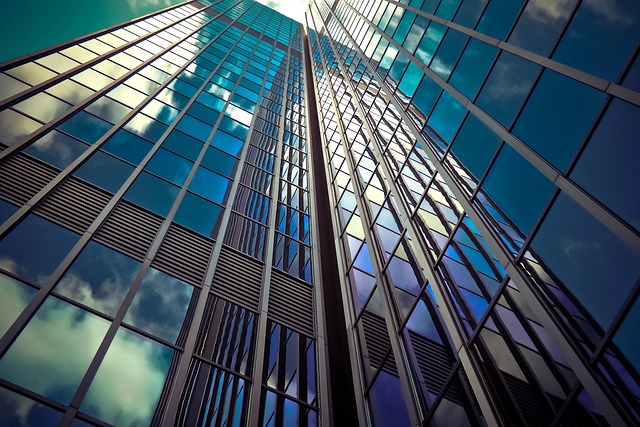Hey there, eco-conscious readers! If you’ve ever found yourself staring at a solar panel and wondering, “Is fiberglass part of this sleek design?” you’re not alone. This question pops up frequently as people explore the nuts and bolts of renewable energy.

Spoiler alert: fiberglass isn’t a component of solar panels—but let’s unpack why this myth persists and uncover the real materials that make these energy harvesters tick. Ready for the deep dive? Let’s get started!
Breaking Down Solar Panel Anatomy
Solar panels are marvels of modern engineering, designed to transform sunlight into usable electricity. While fiberglass might seem like a logical fit due to its strength and versatility, the reality is different. Here’s a closer look at what actually goes into a solar panel:
1. Photovoltaic (PV) Cells: The Power Generators
These cells are the heart of every solar panel. Crafted primarily from silicon—either monocrystalline or polycrystalline—they absorb sunlight and generate electrical currents. Silicon’s semiconductor properties make it ideal for this role, ensuring efficiency and longevity.
2. Tempered Glass: The Protective Shield
The top layer isn’t fiberglass but high-strength tempered glass. This specialized glass is engineered to withstand harsh weather, from hailstorms to UV radiation, while allowing optimal light penetration. Its smooth surface also helps repel dirt, keeping maintenance low.
3. Encapsulation: The Secure Bond
Sandwiched between the glass and backsheet, layers of ethylene vinyl acetate (EVA) seal and protect the PV cells. This adhesive material prevents moisture ingress and keeps components aligned, even under thermal stress.
4. Backsheet: The Defensive Backbone
Made from durable plastics like PET or PVDF, the backsheet acts as a moisture barrier and electrical insulator. It’s the unsung hero that safeguards the panel’s internal parts.
5. Aluminum Frame: The Sturdy Skeleton
Lightweight yet robust, aluminum frames provide structural integrity, making panels resilient for rooftop installations or sprawling solar farms.
Why the Fiberglass Confusion?
So why do people associate solar panels with fiberglass? Let’s demystify this mix-up:
- Visual Similarity: The glossy, reinforced appearance of tempered glass can resemble fiberglass composites, especially from a distance.
- Fiberglass in Renewable Tech: Fiberglass is widely used in wind turbines, insulation, and even some solar mounting hardware, creating a mental link to green energy.
- Durability Assumptions: Known for its use in boats and automotive parts, fiberglass’s reputation for toughness leads some to assume it’s in solar panels.
Why Fiberglass Doesn’t Make the Cut
Despite its strengths, fiberglass falls short for solar panel manufacturing:
- Opacity Issues: Fiberglass isn’t fully transparent, which would block sunlight and reduce energy output.
- Heat Sensitivity: Prolonged exposure to high temperatures can warp fiberglass, unlike tempered glass, which thrives under the sun.
- Lifespan Limitations: Solar panels are built to last 25+ years. Fiberglass degrades faster, making it impractical for long-term use.
Tempered Glass: The Clear Winner
Tempered glass outshines fiberglass with:
- Unmatched Durability: Resistant to impacts, scratches, and extreme weather.
- Crystal-Clear Clarity: Maximizes light absorption for peak efficiency.
- Thermal Resilience: Handles temperature fluctuations without cracking.
Fiberglass in Solar Energy: Supporting Roles
While not in panels themselves, fiberglass contributes elsewhere:
- Cable Insulation: Its heat resistance protects wiring in solar arrays.
- Hybrid Systems: Wind turbines paired with solar farms often use fiberglass blades.
- Portable Solar Gear: Some foldable panels use fiberglass-reinforced casings for rugged use.
Final Takeaway: Fiberglass Myths Debunked
In short, solar panels rely on silicon cells, tempered glass, and advanced polymers—not fiberglass. This material, however, still plays a vital role in broader renewable energy infrastructure. Next time you see a solar array, you’ll appreciate the science behind those gleaming surfaces!
Eager to learn more? Dive into topics like panel efficiency trends, recycling processes, or cutting-edge materials shaping solar’s future. The world of renewable energy is full of surprises—stay curious!
FAQ’s
Q- Are solar panels made of fiberglass?
Ans – No. Solar panels use tempered glass, silicon cells, and polymer layers—fiberglass isn’t part of their construction.
Q- Why isn’t fiberglass used in solar panels?
Ans – Fiberglass isn’t transparent or heat-resistant enough. Tempered glass allows better light absorption and durability.
Q- What material protects solar panels?
Ans – Tempered glass shields PV cells from weather, UV rays, and debris while maximizing sunlight penetration.
Q- Where is fiberglass used in solar energy?
Ans – Fiberglass appears in cable insulation, mounting systems, and wind turbine blades—not in solar panels themselves.
Q- How long do solar panels last?
Ans – Most last 25+ years due to durable materials like tempered glass and corrosion-resistant aluminum frames.